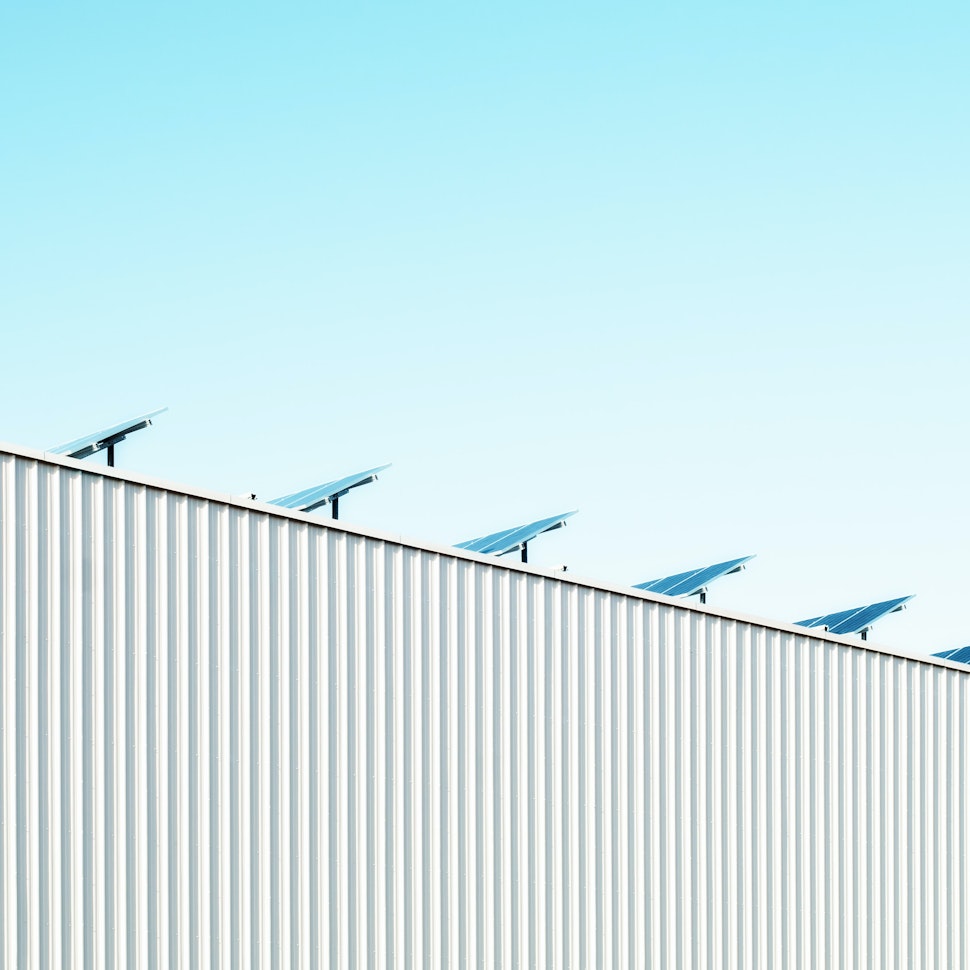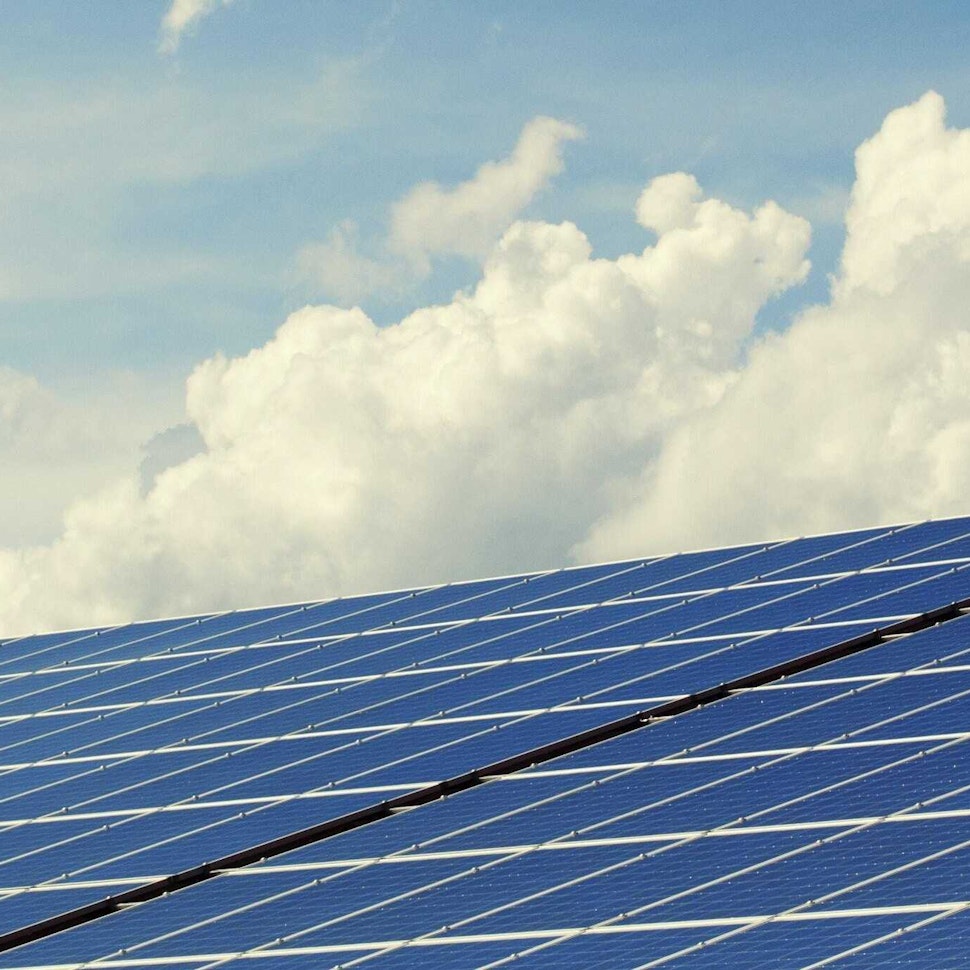- Solar energy blog
- Solar energy in France: How has it responded to COVID-19 impact?
Solar energy in France: How has it responded to COVID-19 impact?


Izei Atxalandabaso
Business developer
I was born in a small coastal town near Bilb(a)o called Sopela. Before joining RatedPower I worked for a year in the Spanish Economic and Commercial Office in Ecuador and for two years in Deloitte (Bilbo).

Content
The French government has been leading the energy transition with ambitious objectives in line with the European Green Deal. Covid-19 has increased the importance of renewables and accelerated the 44 GW solar target set for 2028.
Today, France has a huge dependency on nuclear energy, representing 74% of the energy mix. However, in line with the latest worldwide trends, renewable energies are becoming a big economic push from the public and private sector.
Get a comprehensive analysis of the renewable energy in France. Download State of Green: France.
There are many reasons why wind and solar energy specifically are in every energy company’s roadmap for the following years, but they can be summarized in three:
Commitment with the Environment and climate change fight
Investment profitability due to the falling costs of these energy sources
Global exigency of an energy transition
France is no different in this regard and Covid-19 pandemic has boosted its plans for a greener future.
France energy mix and goals for the future
It was in 2015 when the French Government decided to create a law called “Energy Transition Law” to establish a sustainable energy model that respects the environmental objectives of the EU and that reduces the energy dependence France had from abroad. The goal was for renewables to weight 32% of the energy mix by 2030 while reducing the weight of other energy sources:
Petrol: -22,4% by 2023
Natural gas: -15% by 2023
Coal: -37% by 2023
Nuclear energy: the weight it has in the French energy mix must be reduced from the actual 74% to a 50% by 2025
However, this wasn’t enough and in 2019, the French Parliament approved the draft law of energy and climate. The goal of the law is to reach net carbon emissions by 2050. To achieve the final objective, it sets several measures, such as:
Reduce fossil fuel consumption up to 60% of its 2012 levels by 2030.
Close all the coal power plants in the country by 2022.
Closure of 14 nuclear power plants by 2035.
Today, France has an ambitious objective: Become Europe’s first major decarbonized economy. To reduce the impact of France’s economic activity on the environment, the recovery plan will provide the ecological transition with €30 billion.
In order to drive this transition, the government has outlined France's Energy Transition Roadmap known as the Programmation pluriannuelle de l’énergie (PPE).
The PPE sets the objective of multiplying by 5 solar power generation, increasing from 10GW of solar to 44.5GW by 2028. Additionally, the plan sets several solar segment priorities: land-based, floating solar farms and large-scale rooftop solutions.
Calls for tenders represent the main driver to achieve growth targets in photovoltaic energy with 2.9 GW scheduled every year. Therefore, by 2024 France is expected to expand its solar capacity about 12GW which means an annual increase of 17% and a total of approximately 20.6 GW according to the estimates.
Has COVID-19 truly impacted France's plans on renewable energy transition?
The truth is that although the PPE was published by the French government in late 2018, discussions are still ongoing and it wasn’t until April 2020 when the 44GW solar target was made official and the plan formalized.
Learn the role of renewables in the post-COVID economy. Get your free report.
As it has happened in many other European countries, Covid-19 has actually emphasized the importance of the energy transition and the potential of renewable energies. To prevent the paralyzation of the development of sustainable projects the government has approved a package of unparalleled measures.
"The health crisis we are going through must not in any way make us give up the ambitious objectives in terms of development of renewable energies"
In this sense, the French government has launched a series of measures, among which the approval of almost 300 wind and solar energy projects for around 1.7 GW stands out. Of these projects, 35 would be onshore wind projects with a total capacity of 750 MW, while the rest are solar.
The Covid-19 emergency is a global challenge for the entire power sector. Solar companies are showing resilience in facing the situation, and they are working to maximise solar production.
In fact, during Covid-19, almost a third of energy demand in France was covered by renewable sources. According to the same report by the French renewable energy association (SER), total renewable capacity at the end of 2020 amounted to 54,7GW, an increase of 2,4GW in the last twelve months.
To conclude, it is clear that France has aligned its objectives to those of the European Green Deal and is using excellent tools to promote the post-emergency economic recovery.
Get a comprehensive analysis of the renewable energy in France. Download State of Green: France.
Latest stories
Related posts
Technology and engineering
Innovation in renewable energy: Developments expected in 2025
We look at the 10 biggest renewable industry developments that are making a green future possible, including perovskite solar cells, green hydrogen, and more.
Updated 18 MAR, 25

Market analysis
Breaking down solar farm costs: Free template inside
Updated 27 SEP, 21

Market analysis
Solar energy in Australia: a 2021 market analysis
Updated 11 MAY, 21

- RatedPower
- Solar energy blog
- Solar energy in France: How has it responded to COVID-19 impact?

